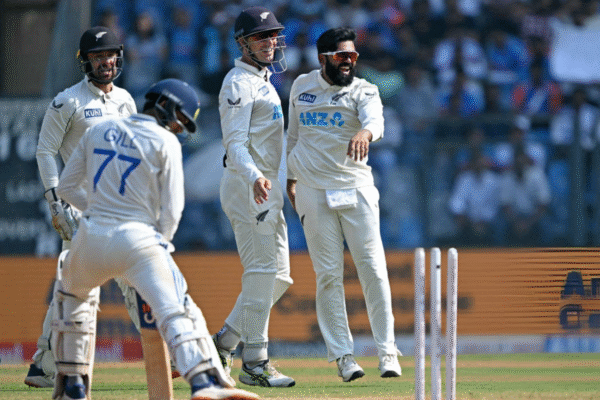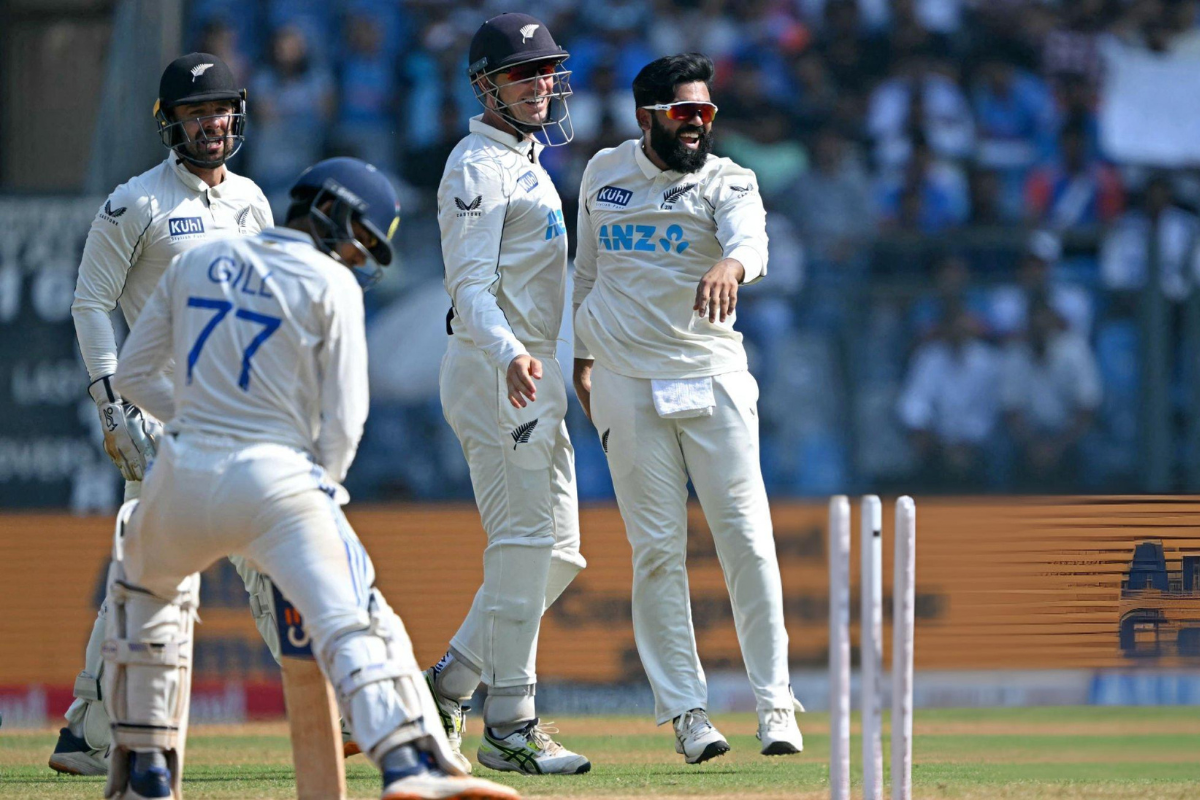
New Zealand defeated India by a 3-0 margin last year.

India will begin their home Test season with a two-match series against West Indies, marking Shubman Gill’s maiden home stint as a captain. According to ESPNcricinfo, they are likely to play on one of the greenest pitches of recent seasons, with around 4-5mm grass to be left at the start.
The first Test will be played in Ahmedabad, where squares have both black and red-soil wickets, but the latter will be used this time. On red-soil wickets, bowlers will have more bounce and carry, and grass will hold the surface together and prevent it from crumbling.
The report added that rain also played a role in making the pitch look green, for it was under covers for most of Sunday and Monday, though the weather was clear on Tuesday. Rain is forecast for the opening day of the Test before clearing for the subsequent four days, and a result should likely come.
The red-soil pitch will bring the Indian speedster into the game and help them bowl on a slightly different surface than they usually get in domestic competitions in India. They are thin on pace resources and wouldn’t mind bowling on a slightly helpful deck to start the season with.
One key reason to prepare a balanced surface is a 3-0 defeat against New Zealand last year, which exposed numerous flaws in the Indian Test side. In recent years, they have opted for spin-friendly and dustbowl pitches to produce results, but the move backfired when the Kiwis adapted to the conditions better.
ALSO READ:
They played on such pitches due to the World Test Championship (WTC), which has compelled teams to adopt a result-oriented strategy, starting with the preparation of such tracks. There were a few instances when teams like Australia and England challenged them, but India managed to escape defeat somehow.
As they begin a fresh season with a relatively young batting unit, India will look to back their strengths and allow batters to bat on better pitches. Despite Ravichandran Ashwin’s retirement, they have a spin attack that can do the job, even on non-spin-friendly tracks.
During the press conference, the chief selector Ajit Agakar stressed that the team doesn’t want a repeat of the New Zealand rubber, and the change has started with better pitch selection. Playing on balanced tracks will benefit India in the long run, which will eventually matter, even if it leads to a few initial defeats.
For more updates, follow CricXtasy on Facebook, Instagram, Twitter, and YouTube.